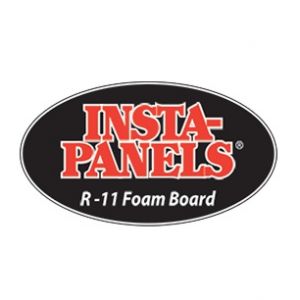Why Rigid Insulation Foam Boards Are Essential - Best Material Thermal BarriersPosted by Andrew Oldroyd on October 30th, 2017 Adding exterior rigid foam board is one of the many ways to add value and reduce thermal bridging. Moreover it has become a favourite among builders who want a quick and easy way to insulate the ground. Rigid insulation for under concrete floors can be very beneficial and advantageous for your multiple-floor houses. It is touted by building scientists as a way to decrease the condensation potential on the interior surface of the plywood or OSB sheathing by moving it toward the warmer-in-winter side of the thermal gradient. Apart from the thermal resisting qualities, insulation will add structural strength to your house. Get complete service and information about installing insulation foam boards in Canada, to get affordable and durable slab insulation & find out how sprayed-on polyurethane foam in a clean, durable, and portable solution will be beneficial in all accords. The foam panels that can insulate any part of your home to provide good thermal resistance, are made up of the same rigid polyurethane foam, covered in steel or fiberglass on both sides. Such panels usually are 1 3/4” thick and weigh around 1.99 lb/ft2. Forced Air Systems Fail — Due to Lack of Insulation Insulation works, simply because the forced air systems do not work, and are not at all efficient in forcing out the resistance heat. This is because builders initially do not insulate the concrete slab/ground as it isn’t required by code. Thus, insulating the ground of your building is very much essential, and you can always create a layer of insulation around your house surface. Insulation allows heat loss through the ground, and that’s why radiant heated floors are more effective in nature, than the forced air systems. Where to Use Rigid Insulation Foam — Being a seamless layer of insulation, Rigid foams can be used for a variety of purposes, such as; - Exterior Continuous Insulation: Mainly used as a sheathing; or continuous insulation on wall exteriors prior to the installation of housewrap and siding. - Basements: Inside, it is required where insulating walls will be touching the masonry. This is for the exterior walls in basement build-outs and not daylight-facing walls - Radiant Heat Floors: Used as a thermal barrier underneath radiant floor heating systems - Incidentals: Rigid foam can also provide soundproofing to interior walls or to sequester internal spaces that are not climate controlled. Rigid Foam material can be cut with a fine saw or sliced, or snapped with a utility knife. Contrary to fiberglass and other material, you won’t have to protect yourself and “suit up” for the same. Thus, it is also easier to install, without facing obstructions from wires, braces and junction boxes on the wall. Like it? Share it!More by this author |


